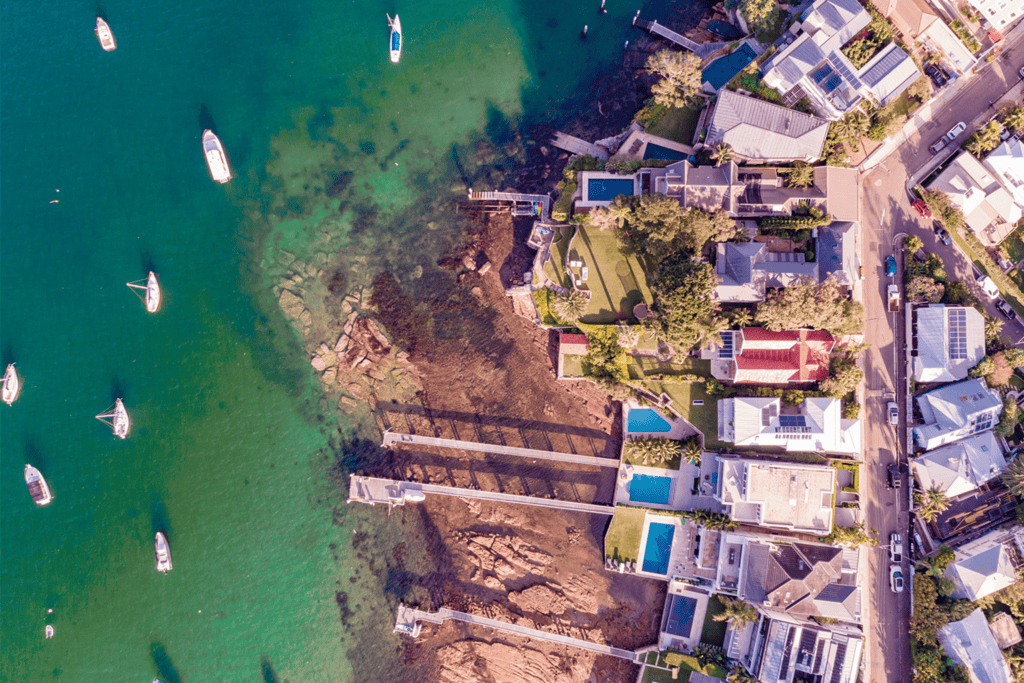Australia remains high on the list of desirable places to live for high net worth individuals (HNWIs), according to analysis by consultancy New World Wealth.
Perhaps it’s the lack of death duties or the reasonable climate that’s attracting them, but for local businesses joining up with these people is a prime opportunity to engage further with the rest of the world.
The consultancy’s 2018 Global Wealth Migration Review shows that in 2017, Australia topped the world with a net inflow of 10,000 HNWIs – those with net assets of US$1 million ($1.25 million) or more. The US was second with 9,000 HNWIs.
Countries ranked by HNWI net inflows for 2017

The finding follows analysis by Knight Frank in The Wealth Report 2017 – which tracked what the world’s richest spent their money on, where they went and where they lived – that showed a similar result for 2016.
Michelle Ciesielski, Knight Frank’s Director, Residential Research, Australia, said Australasia had also experienced the strongest growth of any region in the number of ultra-high net worth individuals (UHNWIs) – those with US$30 million or more in net assets – in the year ending 2016, with an 11% increase to 4,220 people.
“This is projected to grow 70% by 2026 to 7,180 UHNWIs – following Asia, which is expected to see 91% growth over the next 10 years to 88,180,” she added.
Wealthy are on the move
The 2018 Global Wealth Migration Review shows an increase in the number of footloose rich people, with 95,000 HNWIs migrating worldwide in 2017, up from 82,000 in 2016 and 64,000 in 2015.
The report says Australia is a good base for doing business in countries such as China, Japan, South Korea, Hong Kong, Singapore and Vietnam because of its proximity to Asia and compatible time zones.
Safety may also be a factor, as the report also rated Australia as the safest country for women and children.
“Woman safety [sic] is one of the best ways to gauge a country’s long-term wealth growth potential, with a correlation of 92% between historic wealth growth and woman safety [sic] levels,” the report says.
“This means that wealth growth is boosted by strong levels of woman safety [sic] in a country.
“We expect emerging markets with good woman safety [sic] levels to be some of the world’s top performers in terms of wealth growth over the next 10 years.”
Stability and opportunity
The report adds that Australia’s stable political system and continuous economic growth over the past 10 years has added to its attraction for business people looking for stability and business opportunities.
“Over the past 10 years, total wealth held in Australia has risen by 83% compared to 20% growth in the US,” it says. “As a result, the average Australian is now significantly wealthier than the average US citizen, which was not the case 10 years ago.”
Sydney, with an annual net inflow of 4,000 HNWIs during 2016, likely remained at the top of the list for the highest net inflows of HNWIs in 2017, but Melbourne, the Gold and Sunshine coasts, Perth and Brisbane were also popular.
Countries ranked by HNWI net inflows for 2016





